No products in the cart.
Shifting Trade Winds: How trends, tariffs and tech create new cargo routes
 As the peak season kicks into high gear, the freighters line up on the apron to be loaded with the newest basketball shoes, electronics and toys for the fourth quarter holiday rush. Nearby, companies such as Intel, Foxconn, LG, Samsung, Nike, Adidas and Puma have been pumping out products at full capacity for months. Now, this month, the time has come to move the commodities to the major markets in the United States and Europe. Carriers such as AirBridgeCargo, Cargolux, Emirates, Lufthansa and Cathay Pacific jostle for position among the increasingly limited freighter slots at the busy hub.
As the peak season kicks into high gear, the freighters line up on the apron to be loaded with the newest basketball shoes, electronics and toys for the fourth quarter holiday rush. Nearby, companies such as Intel, Foxconn, LG, Samsung, Nike, Adidas and Puma have been pumping out products at full capacity for months. Now, this month, the time has come to move the commodities to the major markets in the United States and Europe. Carriers such as AirBridgeCargo, Cargolux, Emirates, Lufthansa and Cathay Pacific jostle for position among the increasingly limited freighter slots at the busy hub.
Just another peak season frenzy in Shanghai, right? Wrong. This is Tan Son Nhat International Airport (SGN) outside of Ho Chi Minh City in Vietnam.
Due to demand for higher wages for workers in China, several retailers have been moving their factories to this rapidly developing Southeast Asian nation over the last few years to reduce costs. More recently, however, developments such as regional free-trade agreements and this spring’s trade war between the U.S. and China have accelerated this trend, creating an emerging trade lane between the U.S. and Vietnam. Similar forces driving air traffic to other lanes around the world – such as South America to Europe and Southeast Asia to Australia – give freight forwarders more flexibility to ship goods on routes that seemed unlikely or unprofitable just months before.
But the question remains, is there enough airfreight capacity – in the air and on the ground – to handle this new demand? Air Cargo World spoke with carriers, airports and forwarders based along these burgeoning routes to find out what changes are in store for infrastructure, supply chains and distribution strategies in these regions.
Page 1 of 4



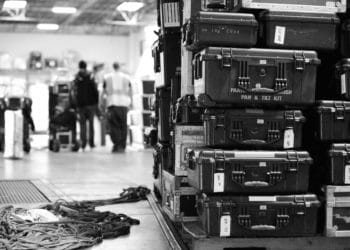
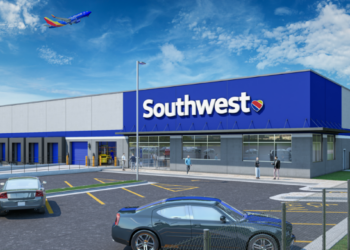
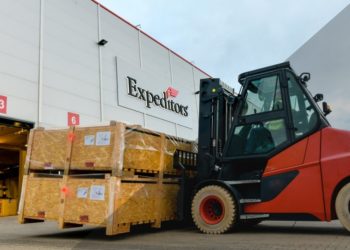

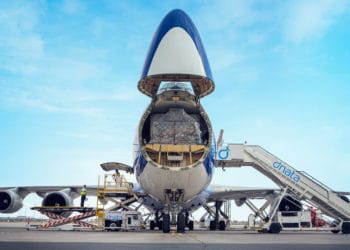
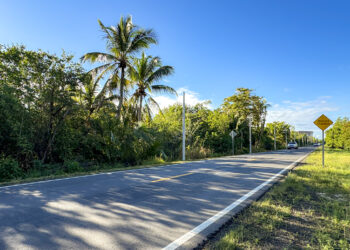
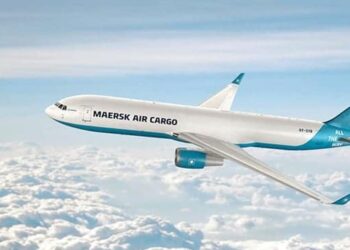

![COVID-19 vaccine draws international cargo carriers to Grand Rapids [2]](https://aircargonext.com/wp-content/uploads/2020/12/FX-GRR-2-120x86.jpg)




